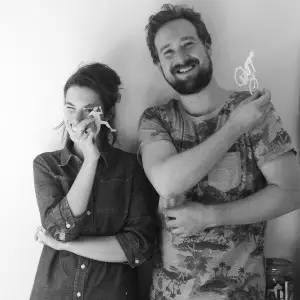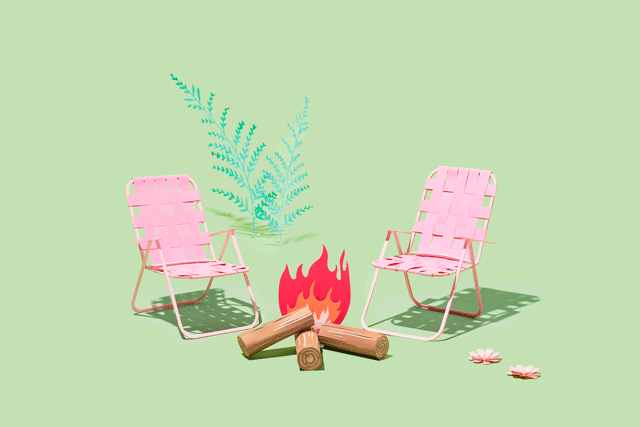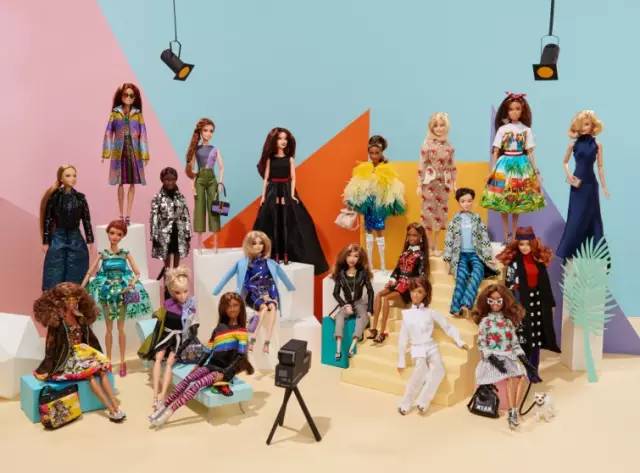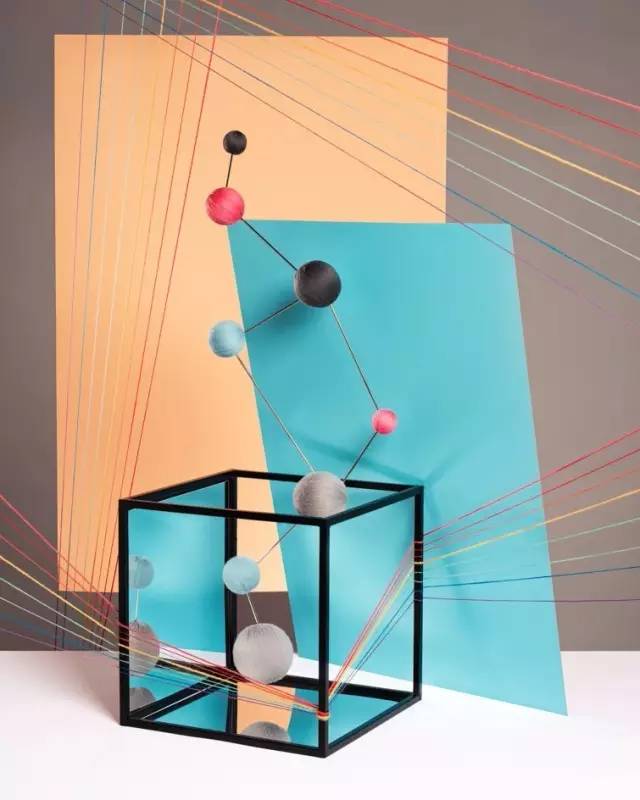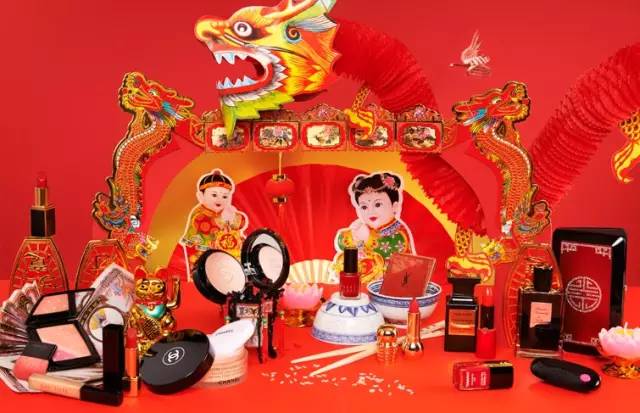Adrian & Gidi: Always being Critical and Creative
Adrian &Gidi
Adrian & Gidi represents the collaborative work of Adrian Woods & Gidi van Maarseveen, a young photography duo based in Amsterdam, the Netherlands. They first met at the Royal Academy of Arts in The Hague, where they both graduated in 2010. Since 2012 they have been working together specialising in tangible still life and product photography and favour a playful and experimental approach towards work. They love to work with a wide range of materials and techniques including paper art, paper craft, styrofoam, plexiglas, miniatures and wood.
Memorial Day -- Client: LOFT
Q = Tezign
A = Adrian &Gidi
Q: We love your work, especially your colorcombination. Where you usually get your inspirations from? What inspired you tostart working with different materials?
A: We love going to the paper shop, the shearamount of colours and textures are a big inspiration.Design wise we get a lot of inspiration from our daily lives. For instance,when working on miniature architecture we get a lot of inspiration from the oldbuildings here in Amsterdam. You notice all the little details, and everythingaround you turns into miniature sets in your head. That said, there is anamazing amount of good and inspiring work being made. The mass amount ofimagery around us and on internet can be overwhelming sometimes. We notice thatan excess of imagery can be limiting in our creative process, so we try tolimit ourselves within our visual research.
We both graduated in Photography and wanted to be able to create our ideas in front of the camera. We soon noticed thatmost things we thought of were not available ready made in the shop, so wedecided to create our own. This directed our work more towards set design,which now take in a large part of our work.
Global Beauty -- Client:Vogue Italia
Q: You’ve been working with a lot bigcompanies, for example, ELLE, Vogue, Clinique, Adobe, and other famouscompanies. All these companies came from different countries with differentpurpose, how you manage to work with all these differences? Can you share themost challenge project that you’ve done in the past?
A: We started out (as most do) with mostlylocal clients. The more work we made, the more diverse clients it brought.Since we have a representative in the United States, we get more work from theUS.
We notice that what we do specifically is noteasily available around the world, and notice that our international clientsare willing to look abroad. We now mostly work for international clients, andonly a small amount locally.
The most challenging project is a hardquestion. Every project has it’s own challenges. When we are working withunfamiliar materials, and tight deadlines it can be challenging to get goodresults in limited time. But till now, we have seemed to manage.
Q: What’s the hardest part during yourworking process?
A: We have a few stages in our working process, and each of them has it’s own hardships depending on the specific job.
We normally work in the following order:Concepting, Designing, Building, Photography, Post-production. I think in the first half of the process, most things need to be decided and created which canbe the hardest.
Flavor Love -- Client: OREO
Q: Why you two decided to work together as a team?
A: We studied together, and helped each otherwith our art projects. Our working together during the study blossomed into arelationship, which grew into a working collaboration. So actually, in a way,we have been working together since we met.
Q: Have you ever worked with Chinesecompanies? How would you connect Western culture and Eastern culture together?If not, are you interested to work with Chinese companies?
A: We have worked for KLM Asia and Air France Asia. They were based in Hong Kong. We had a good working relationship andnoticed that our cultural differences were not that big. We think Chinadefinitely has a culture open to our work.
Adrian’s grandfather is Chinese, so we alsohave a personal connection with China.
Chinese New Year -- Client: ELLE
Q: Can you give some advice to all the youngdesigners in China?
A: Keep creating and stay critical about your own work. You only get better and your own style develops by making new work.Don’t be put of if something takes longer then expected, most designers thatyou admire have been working a long time to get there, which takesperseverance.
Dressoir -- Client: ELLE

